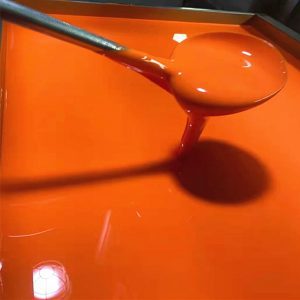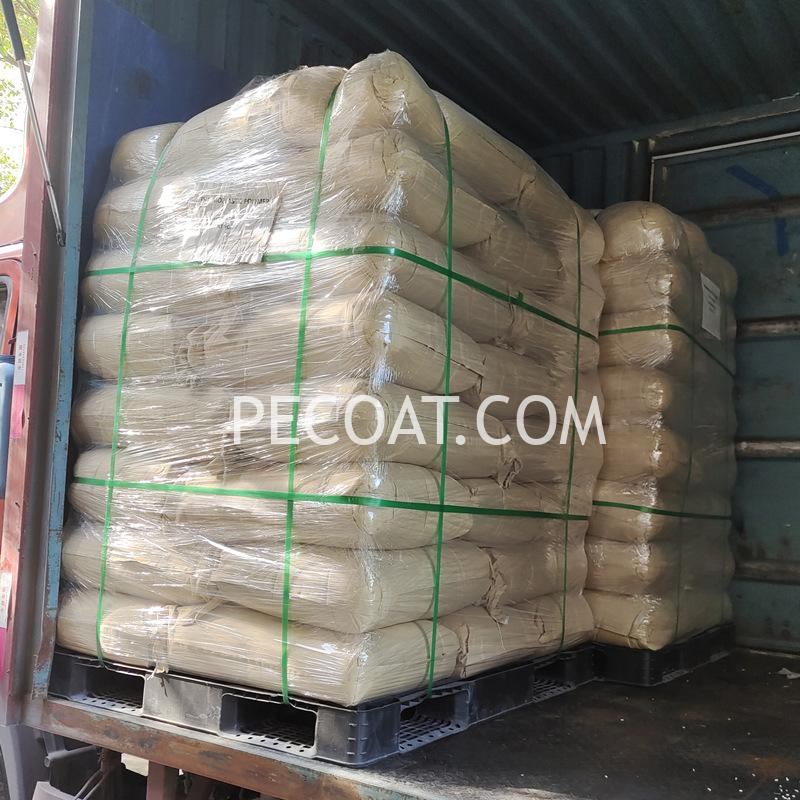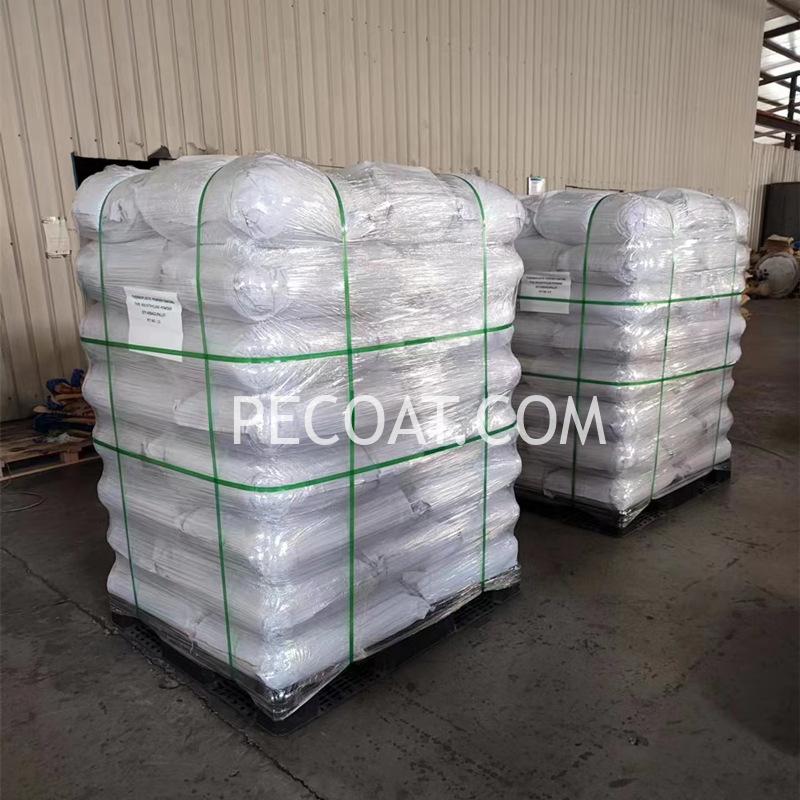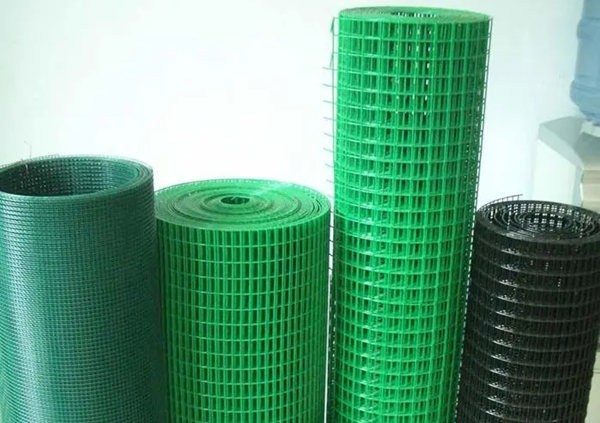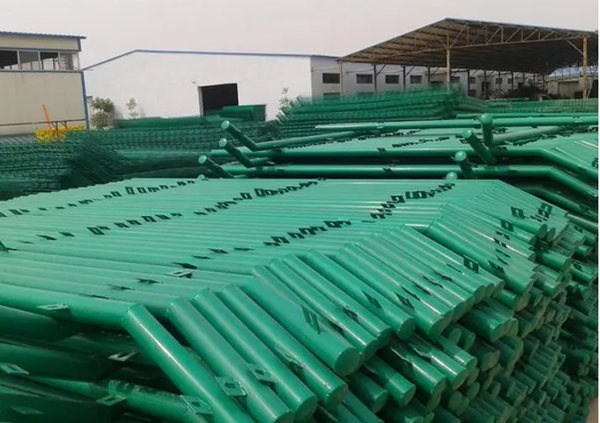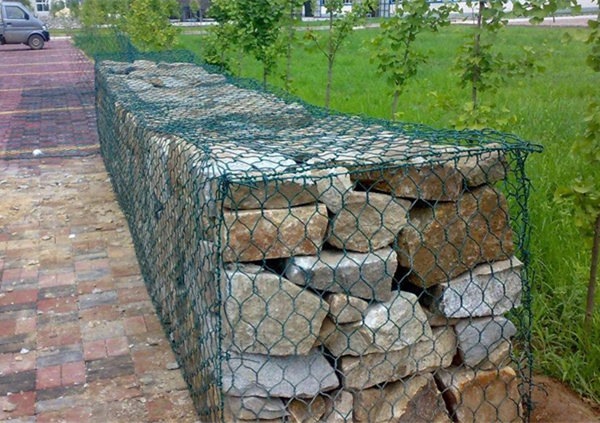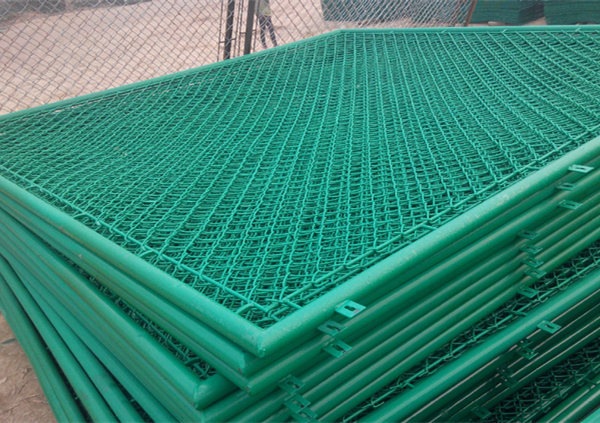Thermoplastic PVC Powder Coating

PECOAT® Polyvinyl Chloride Powder for PVC Powder Coating
PECOAT® PVC powder coating is a type of thermoplastic powder coating formulated to be suitable for fluidized bed dipping process. It is made by Polyvinyl Chloride (PVC) resin as base material and adding plasticizers, pigments and other additives. This type of coating has excellent chemical, physical and mechanical resistance, and is commonly used in applications where flexibility, durability, and resistance to harsh environments are required.
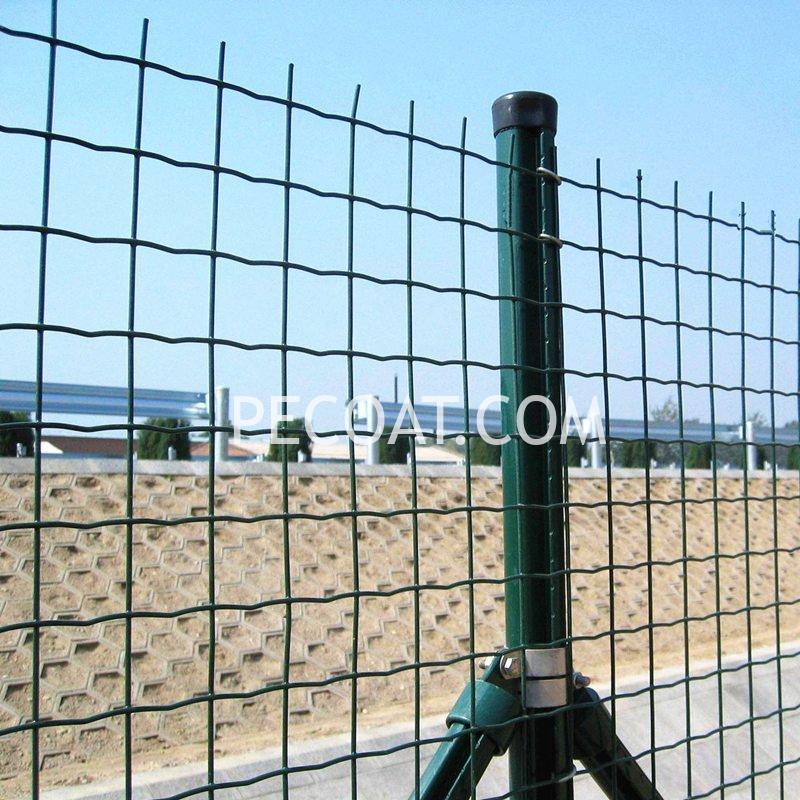
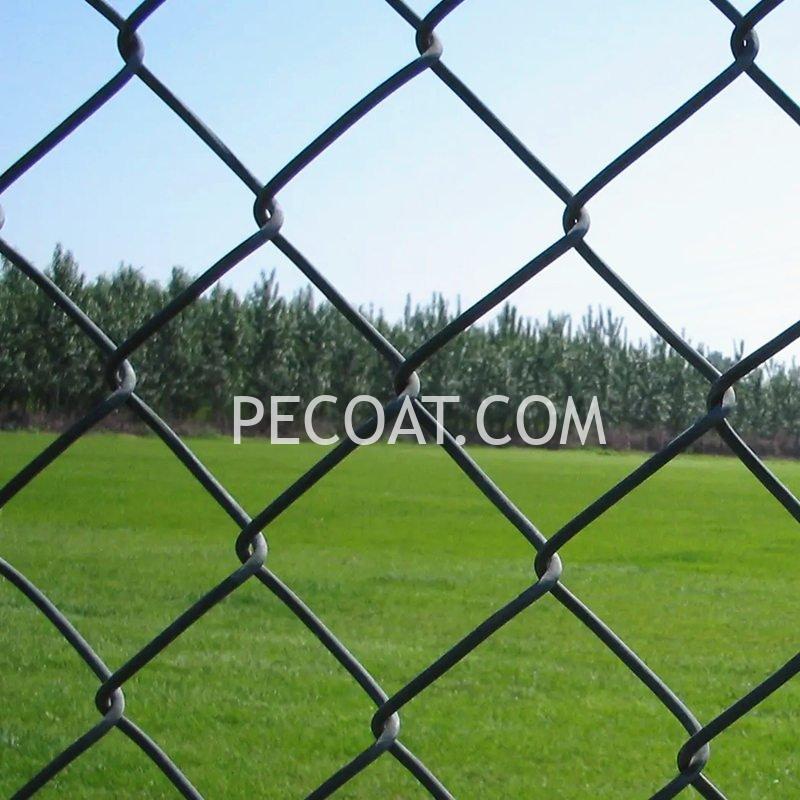
Polyvinyl chloride (PVC) powder coating has good weather resistance, excellent corrosion resistance, high mechanical strength, good electrical insulation. It is also low in price and cost-effective.
However, PVC powder coating also has some disadvantages. The temperature difference between the melting temperature and decomposition temperature of PVC resin is small, and the control of temperature is relatively strict to avoid the decomposition of coating during the coating process. Harmful gas is emitted during the dipping process. The coating surface is a bit rough and it is hard to apply a thick coating. Due to the poor adhesion of PVC coating, a special primer is required for those products that require high adhesion.
We can offer any bespoke colour to match your needs. Color Reference
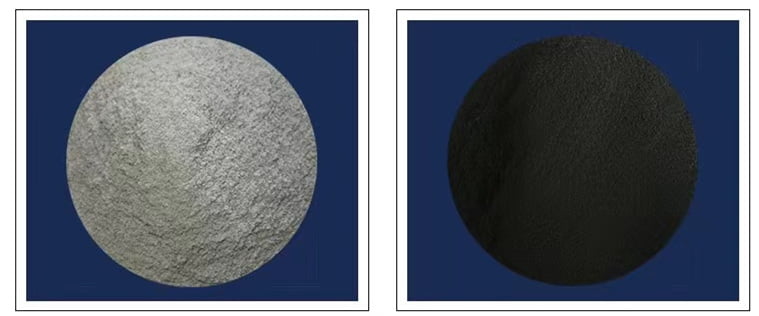
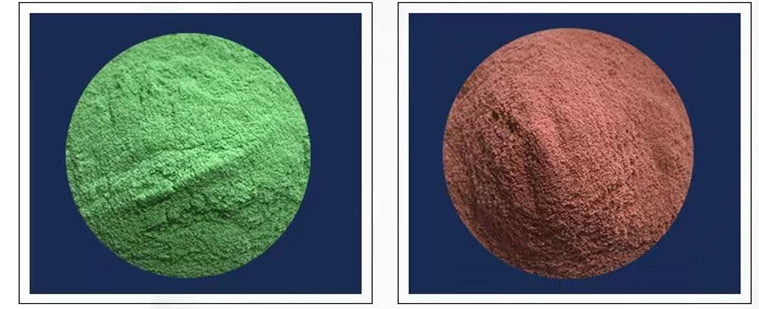
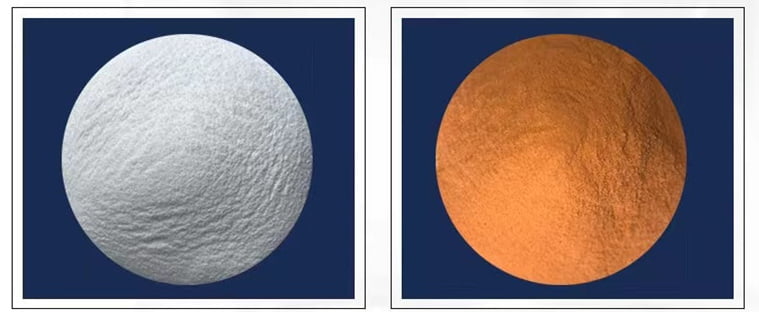
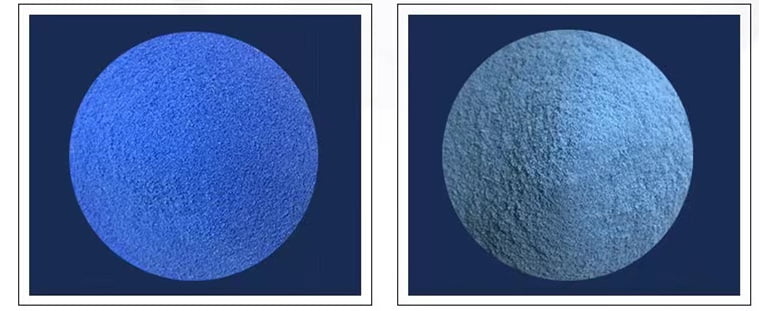
PECOAT® thermoplastic PVC powder coatings are designed for toughness, durable and anti-corrosion performance, without a primer. Its single layer thermoplastic coatings provide long term saving on maintenance, material costs and operating cost , and are used by a wide range of industries, such as electro-welded networks, welded wire mesh, steel wire, steel pipe, punching mesh; park, courtyard, garden fence, road fence, residential fence, hardware craft frame, shopping mall shelf, hanger, bicycle basket, breeding cage; highway guardrail, etc.
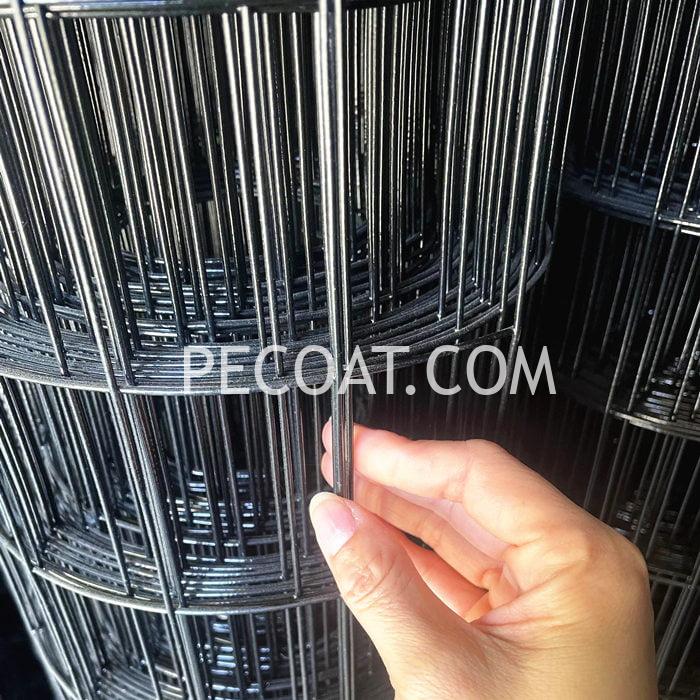
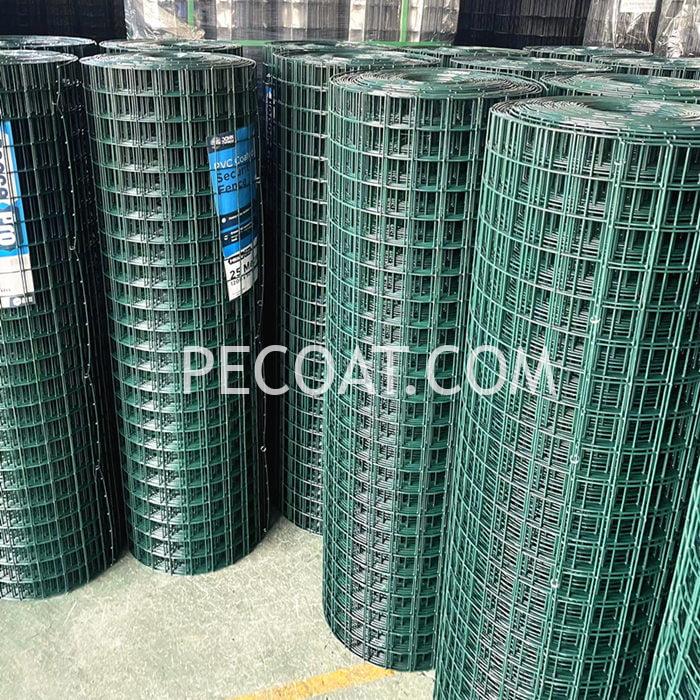
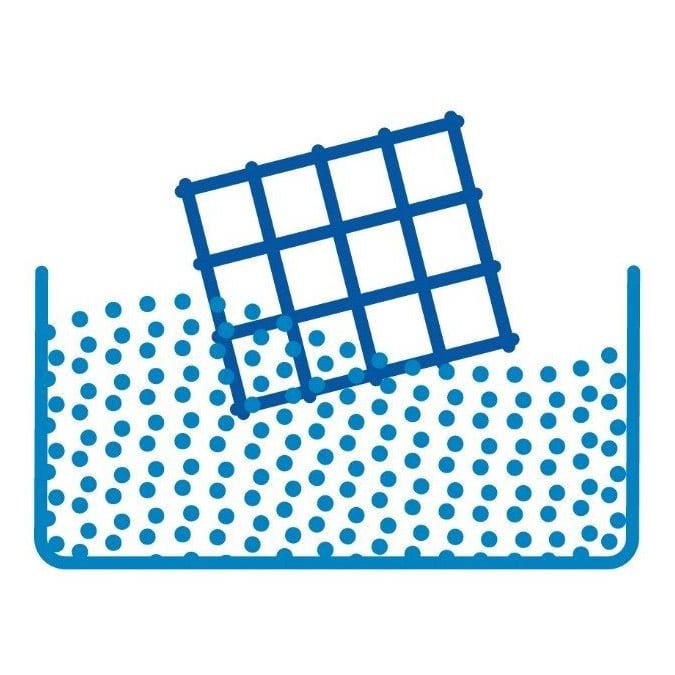
Fluidized Bed Dip Process
- Pretreatment: Clean and remove rust and oil through phosphating or sandblasting.
- Primer Application: To give good adhesion,a special primer (water-based) is applied by immersion or brushing.
- Workpiece preheating: 250-300°C (adjusted according to the workpiece, ie metal thickness)
- Dip in Fluidized Bed : 4-20 seconds (adjusted according to the metal thickness and shape)
- Post-heating to curing: 230-250°C, 0-5 minutes
- Cooling: air cooling or natural cooling
25Kg/Bag
PECOAT® thermoplastic PVC powder is firstly packaged in a plastic bag to prevent the product from being contaminated and damp, as well as to avoid powder leakage. Then, packed with a woven bag to maintain their integrity and prevent the inner plastic bag from being damaged by sharp objects. Finally palletize all bags and wraped with thick protective film to fasten the cargo.
Now ready for delivery!
Different substrate condition has different requirement for coating property, such as adhesion, flowing ability, temperature endurance, etc, these information is the basis of our sample design.
To maximize the chances of success of sample testing, and being responsible for both parties, kindly please supply the following information. Thank you so much for your serious treatment and cooperation.
- What product do you coat? It is better to send us a picture.
- What is the substrate material, galvanized or non-galvanized?
- For sample testing, 1-25kg/color, send by air.
- For formal order, 1000kg/color, send by sea.
- Mechanical removal: Use tools such as sandpaper, wire brushes, or abrasive wheels to scrape or grind off the coating.
- Heating: Apply heat to the coating using a heat gun or other heating device to facilitate its removal.
- Chemical strippers: Use appropriate chemical strippers specifically designed for powder coatings, but follow safety precautions when using them. This is a strong acid or a strong base.
- Sandblasting: This method can remove the coating but need sandblasting machine.
- Scraping: Use a sharp tool to carefully scrape off the coating.
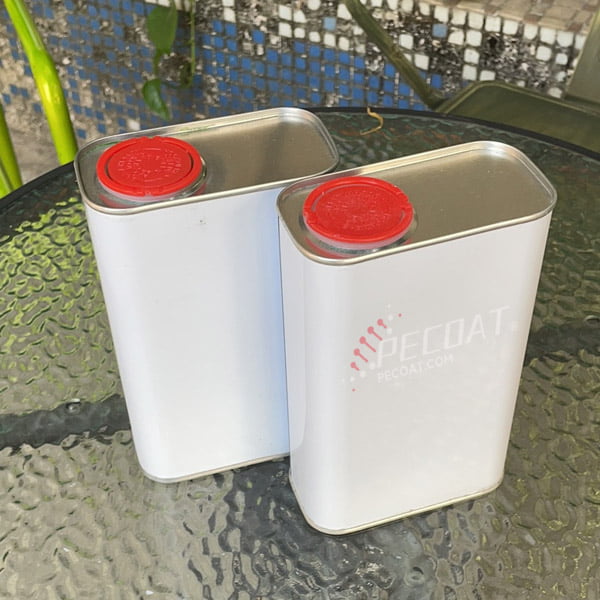
Depending on different market, certain products necessitate a strong adhesion for the coating. However, PVC coatings inherently lack adhesion properties. In light of this, PECOAT® has developed specialized adhesive primer to enhance the adhesive capabilities of PVC coatings. Simply brush or spray them evenly onto the metal surface to be coated prior to the dipping process. The products’ substrate treated with adhesive primer exhibit exceptional adhesion to the plastic coatings, and it is difficult to peeling.
- Working temperature: 230 – 270℃
- Packing: 20kg/Plastic jugs
- Color: Transparent and colorless
- Specific gravity: 0.92-0.93 g/cm3
- Storage: 1 years
- Use method: Brush or spray


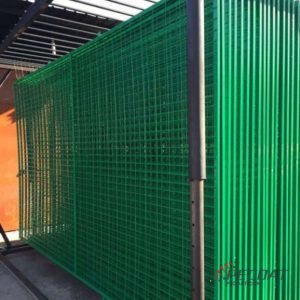
Thermoplastic PVC Powder Coating For Dutch Wire Mesh Spot Welded Mesh

PVC Powder Coating Suppliers In China
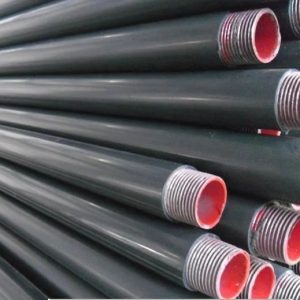
Polyvinyl Chloride (PVC) Powder Coatings – Develop, Application, Supply

PVC Coating and Powder Coating
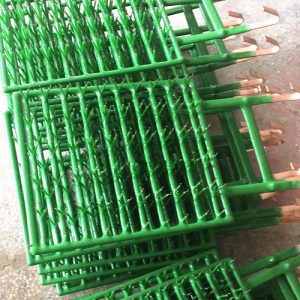
Polyethylene Coating PVC Plastisol Coating for Plating Racks Jigs
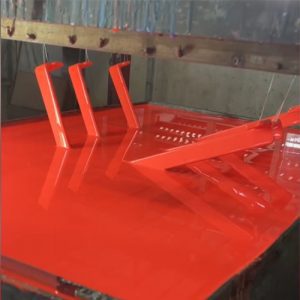
Manufacturing Process of Plastic Coating
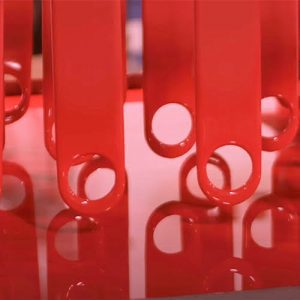
An Overview of Dip Coating and Dip Molding
